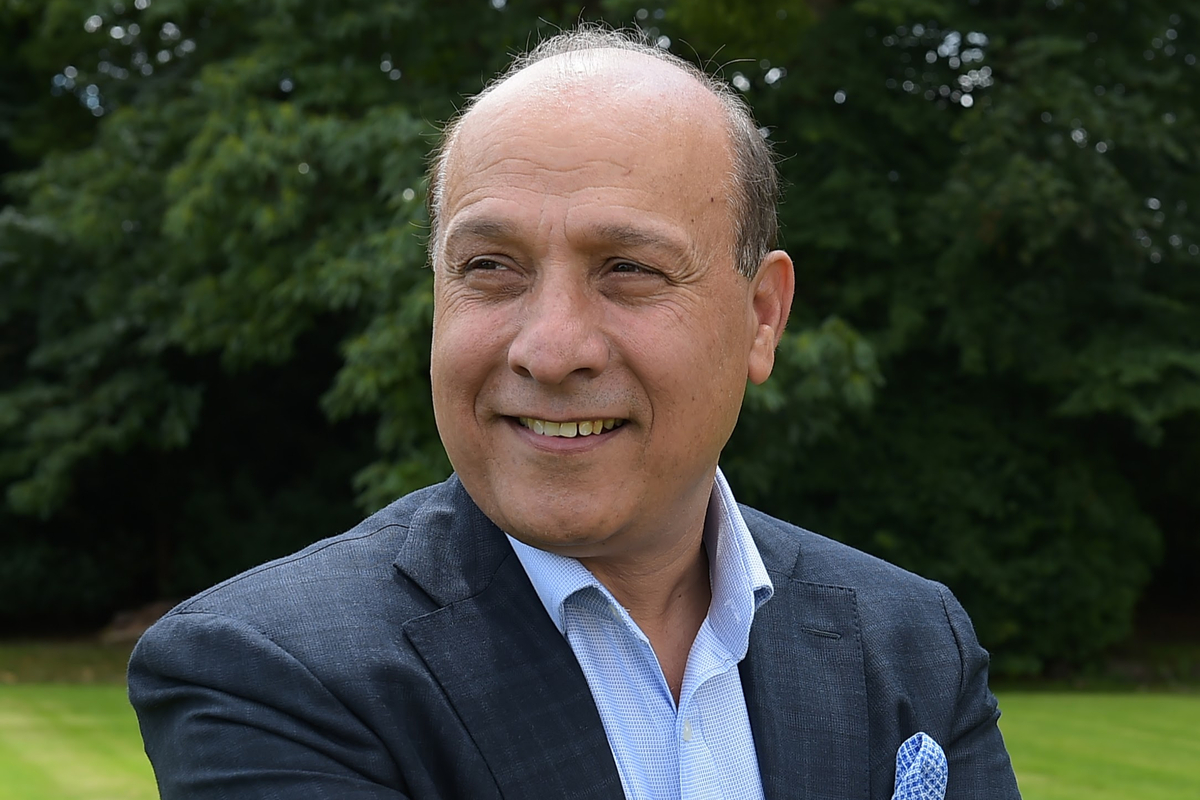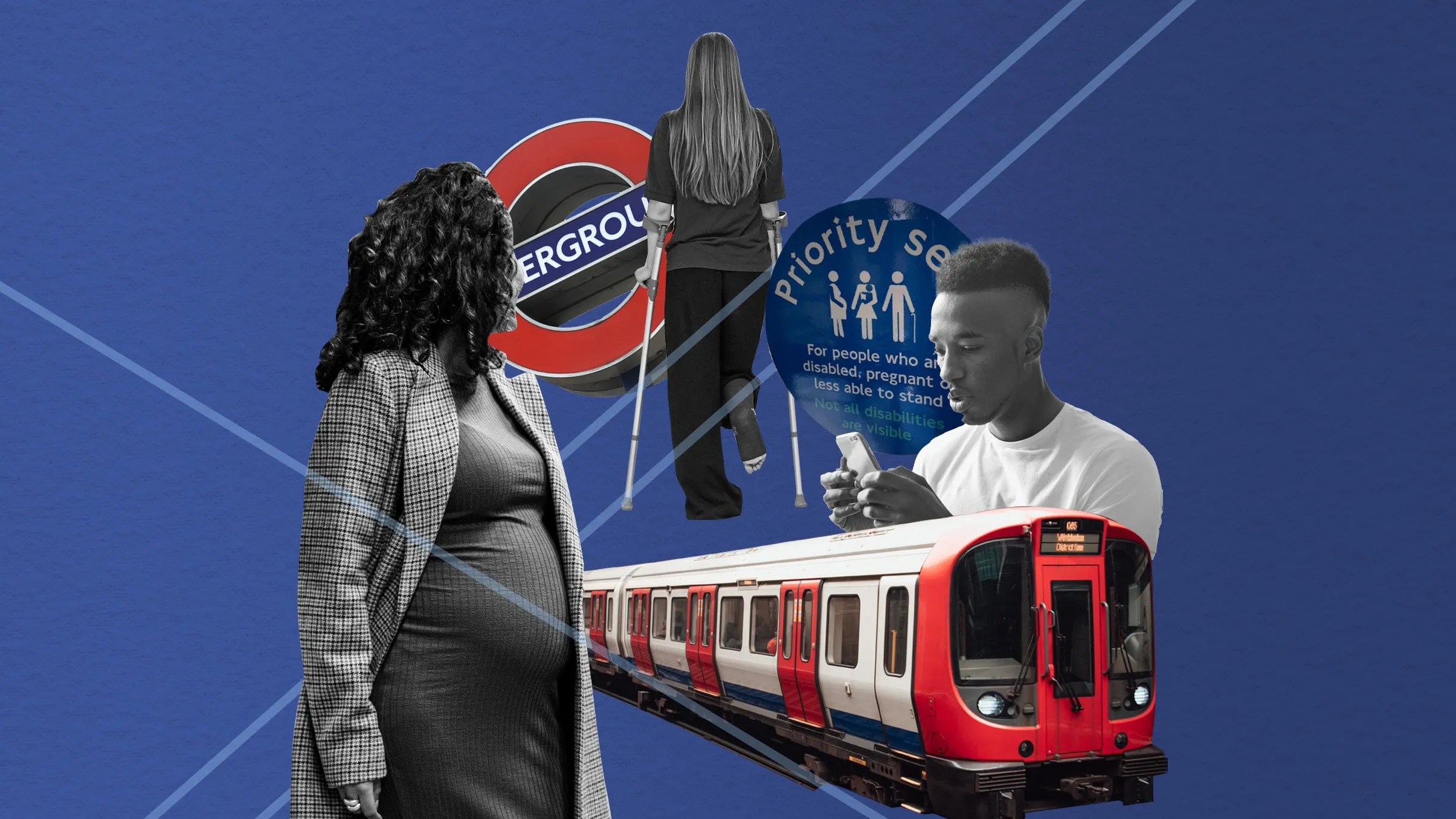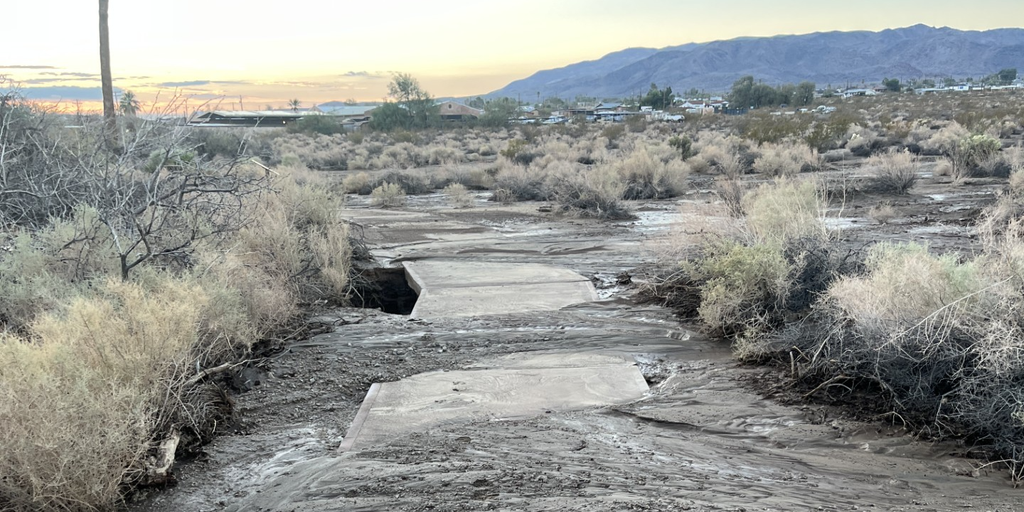By Ali Lyon
Copyright cityam

Surinder Arora is the man bidding to break a decades-old monopoly by winning the right to build Heathrow’s third runway. With the government’s first remarks on proposals expected this month, he sits down with Ali Lyon to discuss the merits of his proposal, the reasons behind it, and why he thinks that – without urgent reform – Heathrow Airport could become the next Thames Water.
Between sips of tap water and attentive service from his dutiful staff, hotel billionaire Surinder Arora is pitching himself as the underdog.
It is a bold gambit, given the property magnate is making this pitch from the foyer of his five-star Sofitel in Terminal 5 of Heathrow airport – one of an empire of 21 that has helped propel him to become one the UK’s richest men.
But it is a framing made more understandable when one considers that, in the context of this interview, he is by far the more scrappy, bootstrapped party in the high-stakes corporate battle we are here to discuss: winning government approval to build Heathrow’s third runway expansion.
“I’ve always loved the David and Goliath story,” he tells City AM, leaning forward in one of his hotel’s immaculate leather chairs. “That’s what really motivated me.”
Arora – an Indian-British entrepreneur whose eponymous Arora Group boasts a vast portfolio of retail sites, offices and even golf courses – thrust himself into the mainstream of UK corporate affairs when he launched his shock bid to run the UK mega project two months ago.
But while news of his application was likely to have been the first time many people will have heard of Arora and his interest in running the third runway, in truth, the bid’s genesis can be traced back over a decade.
Heathrow bid a ’15-year project’
“It’s been in the back of my mind for the last 15 plus years, that one day, if the government decides to expand Heathrow, we should look and see how we can make a difference,” he says.
Arora does not have any commercial interest in transport beyond the expansion, and the positive halo effect that well-run airports would have on his surrounding hotels, many of which are dotted around London transport hubs. But since the notion of bidding first fomented in his mind, he has thrust himself onto the radars of no fewer than six of the department’s secretaries of state, all in the hope that – should a government decide to throw its weight behind a third runway – they would open the tender process up to multiple operators.
All the while, he, Arora Group chief financial officer Carlton Brown, and several contractors were busying themselves compiling the early drafts of a bid for a project they did not know would ever happen, or for which they’d be invited to pitch.
“We didn’t know the government was going to accept competition,” he says. “But if I believe in something, I’ll pursue it.”
Then, in January this year, with the gilt market in turmoil and investors hungry for evidence of the government’s pro-growth credentials, Chancellor Rachel Reeves gave a speech endorsing three airport expansion projects, including Heathrow’s contentious third runway.
In June, transport secretary Heidi Alexander fired the starting gun on the project’s bidding process, confirming that the government would accept proposals from multiple ‘promoters’.
And by the end of July, Arora and Brown had lodged their proposed scheme – dubbed ‘Heathrow West’ – with the Department for Transport. Over the course of 193 pages, it painstakingly laid out their fairly radical plans for a project that was first discussed by ministers under Gordon Brown’s premiership.
The great runway debate
At the heart of Heathrow West’s proposal lie plans for a new Terminal 6 immediately to the west of Terminal 5, and a short runway, which the group argues will make the project cheaper, quicker and simpler. At 2,800m, it is a full 700m shorter than the design proposed by the incumbent operator, Heathrow Airport Limited (HAL), and the major dividing line between the two rival bids.
A shorter runway, the proposal claims, will mean fewer tangles over planning and property and – crucially – avoid having to build over and reroute the M25.
HAL, however, argues Heathrow West’s more prosaic design will prevent the project from realising its full economic potential. A truncated strip would – the argument of the airport’s top brass goes – restrict the size and volume of aircraft the expansion will be able to ferry.
Unsurprisingly, Arora vehemently disagrees with their assessment. A 2,800m strip will carry 97 per cent of the amount of traffic of HAL’s all-singing, all-dancing alternative. And the other two runways will easily be able to absorb the three per cent that the new runway is unable to handle.
It is immediately obvious that this clash over runway length is about so much more than how long a strip of tarmac should be. It has become a metaphor – totemic, even – of the foundations of Arora’s frustrations with Heathrow and why he has sought to take on a decades-old monopoly.
“We’ve been saying for years that the regulatory model [at Heathrow] is broken and that we need to change it otherwise things will keep getting worse and worse,” he says.
HAL, he continues, is regulated in a way that incentivises it to gold-plate every development it undertakes – from smoking shelters and disabled loos to new terminals – because the more they spend, the more they make via taking a cut.
He reaches for an analogy. “It’s like you asking a builder to come to your house and saying, ‘Build me an extension, and by the way there’s no budget. Build me the best. Build it. Tell me what the cost is, and I’ll put another 10 per cent on it.”
This, Arora says, has led to decades of underperformance – under a string of different owners – which the businessman concedes “isn’t necessarily HAL’s fault”. The west London hub is famously the most expensive airport in the world for airlines and passengers. But when it comes to performance and experience, it struggles even to make the global top 20 of the industry’s flagship rankings compiled by the aviation consultancy Skytrax.
Arora cites several examples of what he sees as HAL’s financial complacency. But especially striking is the case of two hotels, one of them – his – inside HAL’s jurisdiction, the other – not his – that lies a few hundred metres outside. The fees his hotel within the confines of the airport pays for the disposal of water and waste come to an “outrageous” £23 a unit. Meanwhile the same service at the other hotel, costs just over a tenth of the cost, at £2.60 a unit.
The battle over different approaches to costs was clear for all to see in the respective bids. Heathrow West’s was able to get its estimated budget down below £25bn, versus the £49bn that HAL’s proposal cited for the terminal, longer runway and some additional airport upgrades. Both proposals are privately funded.
‘Heathrow want to gold-plate everything’
And it is when I venture to ask Arora why – when HAL leadership will have known Heathrow West was planning to launch a cheaper rival bid – they still went ahead with the ‘gold-plated’ option, that I realise the criticism he has levelled at them hitherto has been positively restrained.
“When Heathrow came along and said they wanted to build a 3,500m runway, and wanted to build over the M25, I just couldn’t believe my ears,” he says.
“I was thinking, what are you talking about? I remember at that time asking the CEOs of British Airways, Virgin, American… whether they had been consulted on the length of the runway, and they all said no.”
The crescendo of criticism – all unleashed from the silk glove of his unwaveringly soft, calm intonation – continues: “Ask HAL, ‘Name me one construction project that you’ve built over the last 20 years that was on time and on budget. Just one.’”
Having had a front-row seat for what he sees as the decline of the UK’s only major hub, he even deigns to compare its management to some of the cautionary tales of infrastructure in Britain. “They’re another HS2 and Thames Water,” he says. “In my humble view, they’re actually worse than Thames Water. I’d hate for a taxpayer to end up in a similar situation as Thames Water, because they’re more leveraged and worse.”
Arora acknowledges that such fierce invective will inevitably open Heathrow West up to a rearguard action of equal and opposite force; or as he puts it: “They’re not going to lie down and say, ‘Tickle my tummy.’”
And any scrutiny – be it from journalists, ministers, or HAL itself – would be ill-advised not to home in on his conspicuous inexperience. He and his firm may have a glittering track record in property of various classes, but it is impossible to ignore the fact he has not come close to building anything that resembles the scale or public profile of Heathrow’s third runway.
When I gently suggest that the problem of large-scale infrastructure projects coming in delayed and over budget runs deeper than Heathrow and that perhaps – looking at problem-plagued Hinkley Point C nuclear power station, the Lower Thames Crossing’s 359,000-page planning document, and his own examples of HS2 and Thames Water – it might be advisable that Heathrow’s expansion should not be left to a relative novice, Arora unleashes a string of rebuttals.
“I’ve always had a rule in life to keep things simple,” he says. “Life should be simple. Carlton [Brown], my CEO… always says ‘Surinder, everything is simple to you in life.’ And we’ve tried to keep this as simple as possible to avoid problems.”
There is also the fact that the charge of inexperience and naivety is one Arora has faced – and risen to – his entire life. He came to the UK from his native India – aged just 13 – in unusual circumstances. Not only was he unable to read or speak the language of his adopted country, but he was also plunged into a highly unusual and naturally estranging personal context, too. The couple who raised Arora in India had, it transpired on Arora’s arrival to the UK, been his aunt and uncle. His biological mother and father were waiting for him in the UK, and took on the mantle of bringing him up.
Arora’s backstory
He only left school with one O Level, in Hindi. But that unusual adolescence – one in which hard work was instilled in him by a mother who worked three jobs – didn’t prevent him from doggedly but rapidly ascending Britain’s socioeconomic ladder. And almost every rung of that revolved around or related to Heathrow. After school he began as a humble cleaner, cycling to and from the airport. Now, he’s one of the 50 richest men in the country.
He openly admits to being extremely green in the early days of Arora Group. Having spent a successful few years operating B&Bs for airline staff, he decided he wanted to evolve into the more lucrative and complex world of hotels. Such was the extent of his naivety in the world of hospitality, that he had to ask some fairly basic questions, before the development had even broken ground.
“Our architect asked me where I wanted to put [the] back of house in our first hotel,” he says, recalling one example that proved just how green he was when he first set out. “I had to turn to him and ask, ‘What’s back of house?’”
With Heathrow West, Arora has sought to extinguish any (not unwarranted) observations that he lacks firsthand experience of overseeing infrastructure projects on this scale (a fact he does not shy away from himself) by taking the same approach as he did to his hotels: assembling a bench that reads like a veritable who’s who of aviation. On Heathrow West’s advisory board sit Mike Clasper – the old chief executive of BAA; ex-BA boss Rod Addington; Rob Webb QC, formerly of BA, Virgin and Rolls-Royce; and the last ever chief Concorde captain.
That team extends to a list of equally blue-blooded partners and consultants. He has been working with the aviation and infrastructure consultant Bechtel – which is behind some 200 airport projects worldwide – for over eight years. He’s also drafted in Scott Brownrigg, the architect for one of the largest new terminals of the last decade in Istanbul – to lead on design.
Our architect asked me where I wanted to put back of house in our first hotel. And I had to turn to him and ask, ‘What’s back of house?’
And then to stave off any criticism about its operational experience, Singapore’s Changi, which, unlike Heathrow, regularly tops the Skytrax rankings, is also on board along with British Airways-owner IAG, giving the Heathrow West proposal a boost of respectability.
Heavyweight endorsements like these will be crucial for Arora as the government weighs up its public remarks on the proposals, slated for this month. And, wily operator that he is, the businessman is effusive in his praise of Heidi Alexander’s department in the run-up to those: “They have been engaging and listening – I can’t ask for any more”.
All of which tees up an almighty decision; one which will, whichever way the department comes down, be an enormous gamble.
Should Arora fail, he has no plans of slowing down. Not only will he continue to chair Arora Group but he will remain a thorn in HAL’s side via his Heathrow Reimagined campaign; a joint venture between him and Heathrow’s three main airlines to change its regulatory model.
And if he succeeds?
“Well I’ve always loved being the disruptor or the underdog,” he says, a wry smile passing his lips.
“And it’s always been my dream to break up the old boys club.”



